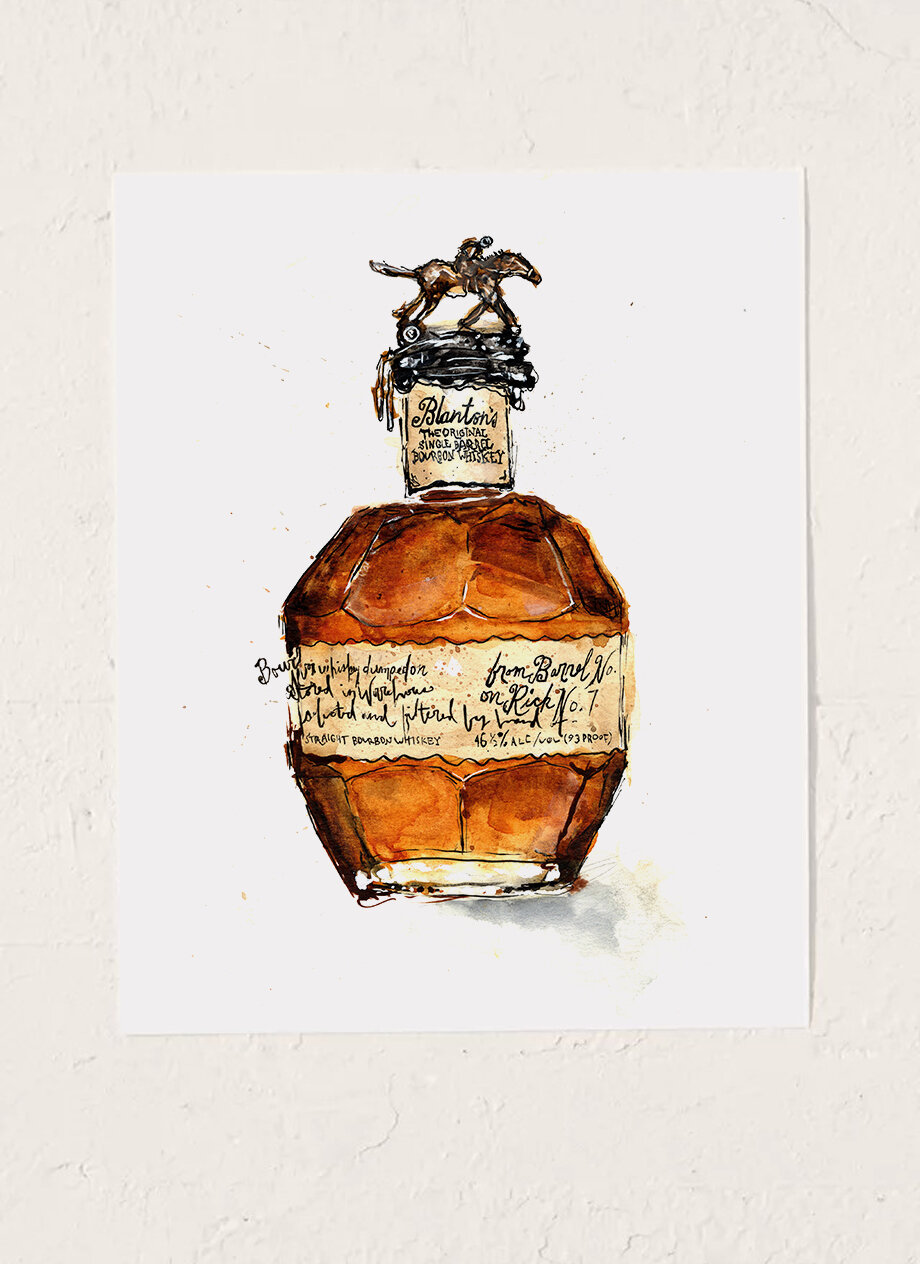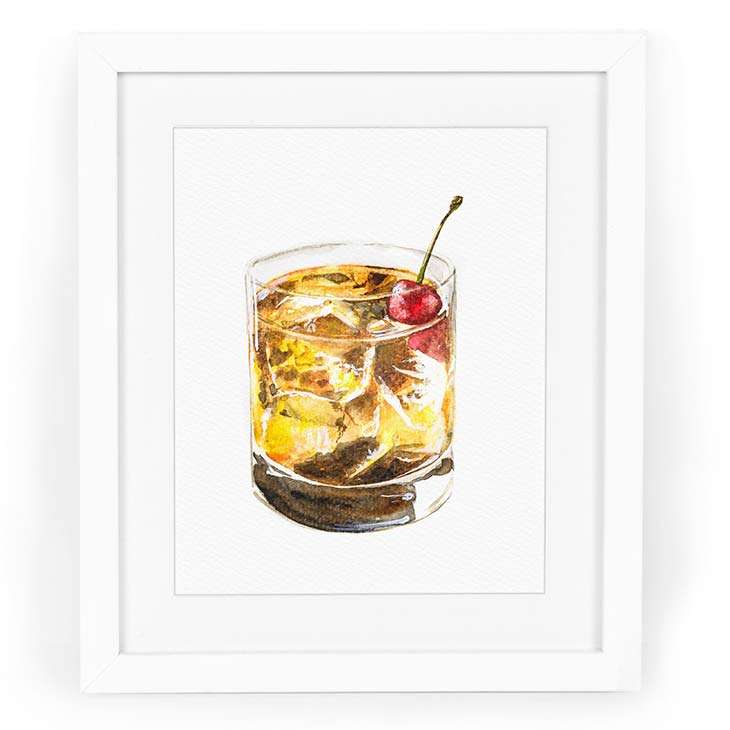Whiskey Art as a Declaration: How It Boosts Home Décor
Whiskey Art as a Declaration: How It Boosts Home Décor
Blog Article
The Significance of Whiskey Art in Celebrating Heritage and Workmanship in the Beverage Industry
The elaborate relationship between bourbon art and the party of heritage and workmanship within the drink sector can not be overemphasized. With thoughtfully designed bottles and labels, scotch brand names encapsulate their historic roots and the artisanal skills that specify their manufacturing techniques. This creative dimension not just improves market appeal yet also acts as an avenue for social storytelling, cultivating a much deeper connection in between the customer and the craft. As we check out the numerous elements of this topic, intriguing inquiries regarding the impact of modern-day patterns on traditional techniques emerge, triggering further exam.
The Historic Roots of Whiskey
At the heart of whiskey's appeal exists an abundant tapestry of historic origins that trace back to old civilizations. The origins of bourbon can be linked to the distillation techniques of the Sumerians and Babylonians around 2000 BCE, where early kinds of fermented grain beverages started to emerge. It was in the Center Ages that the art of distillation progressed dramatically, particularly in Ireland and Scotland, leading to the development of scotch as we recognize it today.
The term "whiskey" itself derives from the Gaelic word "uisce beatha," meaning "water of life." This expression highlights the social value of bourbon in Celtic societies, where it was typically linked with rituals, events, and common bonding. By the 15th century, purification came to be a recognized craft within monastic communities, paving the way for the establishment of legal distilleries.
As trade routes expanded, whiskey's popularity grew, transcending regional boundaries and capturing the interest of connoisseurs worldwide. Limited Edition. This historic trip shows not just the craftsmanship behind scotch production but also its essential role in social and social contexts, noting it as a substantial drink throughout history
Artistic Expression in Branding
Scotch branding stands as a compelling intersection of artistry and business, where aesthetic identification plays a crucial role in forming customer assumption. The looks of scotch labels, packaging, and advertising and marketing materials mirror not only the brand's story however likewise its core values and heritage. Via imaginative expression, distilleries communicate a story that resonates with consumers, evoking feelings and stimulating connections.
The usage of color, typography, and imagery in branding offers to separate products in a saturated market. Standard motifs may stimulate a sense of credibility and craftsmanship, while modern-day styles can indicate development and forward-thinking. This critical artistic instructions enhances brand acknowledgment and commitment, enabling customers to build an individual connection with the bourbon they choose.
Additionally, imaginative expression in branding typically offers as a celebration of regional heritage. Distilleries often incorporate neighborhood symbols or historical recommendations right into their designs, creating a local color that welcomes consumers to take part in a broader social experience. Inevitably, the virtuosity behind whiskey branding not only improves aesthetic allure yet also enriches the general narrative of the brand, promoting a much deeper admiration for the craftsmanship and heritage embedded in each bottle.
Craftsmanship in Bottle Design
The creativity apparent in whiskey branding prolongs beyond visual identity to include the workmanship associated with container style. Each container functions as a vessel not just for the spirit within, but also for the story it tells about its practice, origin, and high quality. The design process needs precise interest to detail, as elements such as closure, product, and form contribute considerably to the overall perception of the bourbon.
Workmanship in bottle layout entails selecting high-grade glass that can enhance the bourbon's shade and clearness, while also supplying a tactile experience for the consumer. The shape of the container should be both functional and cosmetically enticing, frequently mirroring the heritage of the brand name. Many distilleries decide for special shapes or printed logos that stimulate a sense of credibility and background.
Furthermore, the tag style and typography play an essential duty in interacting the brand name's narrative. Bourbon Art. A well-crafted container not just mesmerizes the customer's eye yet likewise reinforces learn this here now the brand name's dedication to high quality and practice. This way, the workmanship of bottle style becomes a crucial aspect of the bourbon experience, merging creativity with an extensive respect for heritage
Cultural Value of Scotch Art
Commemorating tradition and craftsmanship, the social importance of bourbon art transcends simple aesthetics, intertwining with the historical and social narratives of the areas where it originates. Each bottle offers as a canvas, portraying the one-of-a-kind tales, folklore, and customs that have actually formed local whiskey-making practices. The complex layouts often reflect the heritage of the distillers, integrating symbols and motifs that resonate with the culture and values of their neighborhoods.

In enhancement, bourbon art plays an important duty Visit This Link in communal events and parties, working as a concrete web link between people and their shared experiences. By valuing the virtuosity in whiskey product packaging, customers cultivate a deeper understanding and regard for the craft, inevitably improving their enjoyment of the drink itself.
Modern Trends in Whiskey Presentation
In the last few years, the discussion of whiskey has progressed to mirror contemporary tastes and patterns while still recognizing typical try here craftsmanship - Whiskey Art. Distilleries are significantly focusing on visual elements that enhance the overall drinking experience, linking the gap between heritage and modernity
Innovative container styles have emerged, commonly incorporating sustainable products and creative tags that tell engaging tales. Numerous brand names currently work together with local artists, instilling their products with unique aesthetic expressions that resonate with customers. Furthermore, limited-edition releases are typically packaged in collectible containers, including value and charm for aficionados.

Verdict
In final thought, whiskey art offers as an essential avenue for expressing the heritage and workmanship inherent in the beverage market. Via complex branding, ingenious bottle styles, and culturally considerable imaginative aspects, bourbon brands efficiently honor their traditions and attach with consumers.


Craftsmanship in container style involves picking high-grade glass that can boost the scotch's shade and clarity, while also providing a tactile experience for the consumer. In this means, the workmanship of bottle design ends up being an important facet of the bourbon experience, combining artistry with a profound regard for heritage.
In final thought, bourbon art serves as a crucial channel for sharing the heritage and workmanship inherent in the beverage market.
Report this page